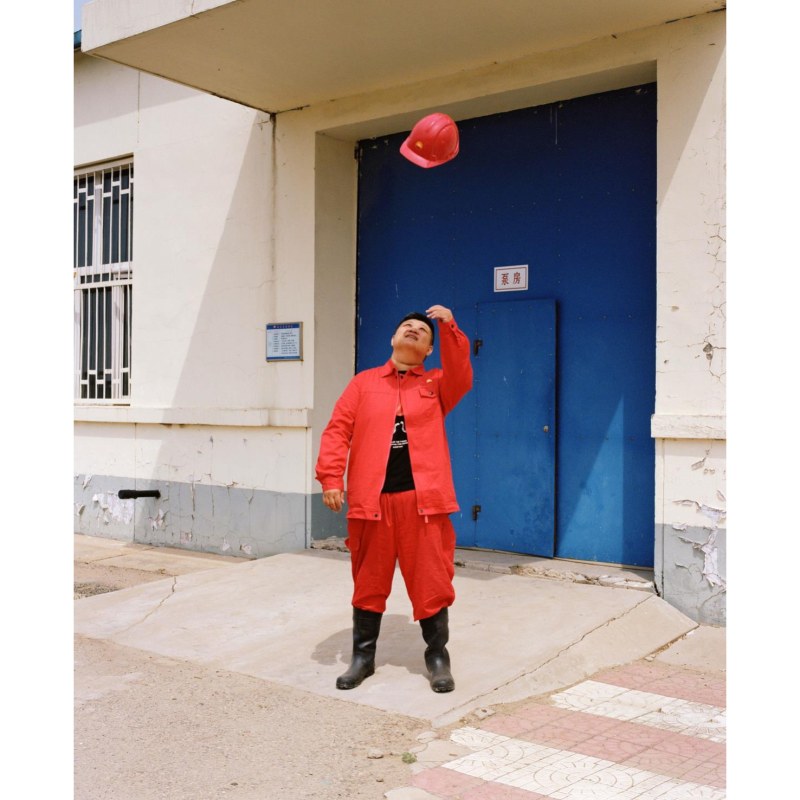Preface
Text/Li Zijian
"The temperature of the oil well has to be kept between 36 and 40 degrees, below which the oil will freeze and above which the pipeline will not be able to withstand. This is how I work on the oil well, day after day, over and over again. People here wear red uniforms when they go to and from work, so no one can figure out if you are going to work or coming back."
This is how Wang Wei describes his work at the Daqing oilfield in his autobiography. He was born in Daqing, a famous oil city, where on September 26, 1959, an oil well spewed out the first industrial oil flow in China. Since then, this grassland pasture, formerly known as Saertu, has become the heart of the Republic's industry, constantly pumping out black blood.
The works in this exhibition are all selected from Wang Wei's "Saertu" series. In 2015, Wang Wei left the oilfield and went to Shanghai alone to become a commercial photographer. Since 2016, Wang Wei has been photographing the industrial landscape of his hometown and his peers who are still working in the oilfield during the Spring Festival, including his own relatives and young people who used to play rock music and did commercial photography together. The unique shading of the film highlights the slightly harsh red uniforms and the clear blue sky, as if we were also in that bitter winter wind.
Through these works, Wang Wei tries to present the complex feelings of his peers about Daqing. In addition to their work in the oilfield, they were often doing other things, playing music, working as tattoo artists, doing commercial photography. Some wanted to leave, some tried to leave, but almost everyone stayed, even some of them who had to stay home for seven to eight years to wait for a recruitment test. This city and its people are profoundly bound together. This is the main theme of this exhibition: to intersperse numerous portraits with large industrial landscapes in an attempt to present the deep connection between the two.
Between these images, we seem to catch a trance-like glimpse of the image of the big other that exists in the minds of these people. It is like a huge silent object, the huge outline of which can be seen from afar, while when observed closer, only a blur remains. It is a complex mixture, a product of the industrial age, with the utopian fantasy of last century's collectivism and the ideal pursuit of the individual in the present, and like these oil well pipes with a temperature similar to that of the human body, it also forms a grid that connects the wasteland, the factory and the city, and likewise connects every person in red uniforms.
"Spirit is a bone." In his Phenomenology of Spirit, Hegel uses dialectics to define spirit, emphasizing the dialectical unity of spirit and material. This huge oil field can provide much more than a job or a place to live and work, but a fulcrum to support reality. In Wang Wei's work, we see the warm oil well, standing silently in the wilderness, supporting the reality of the world there.
